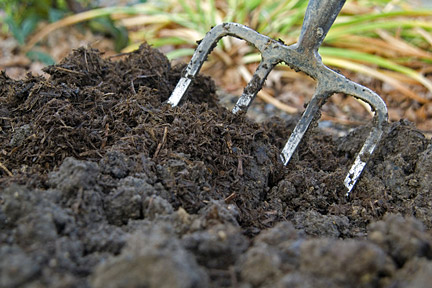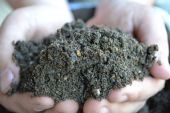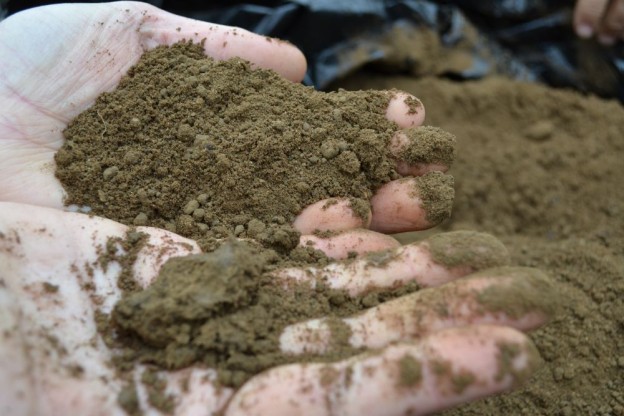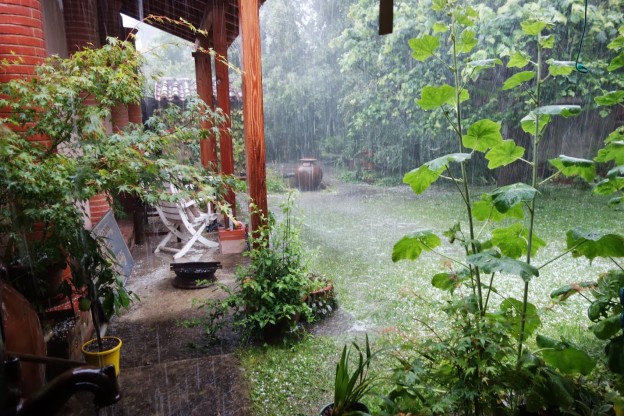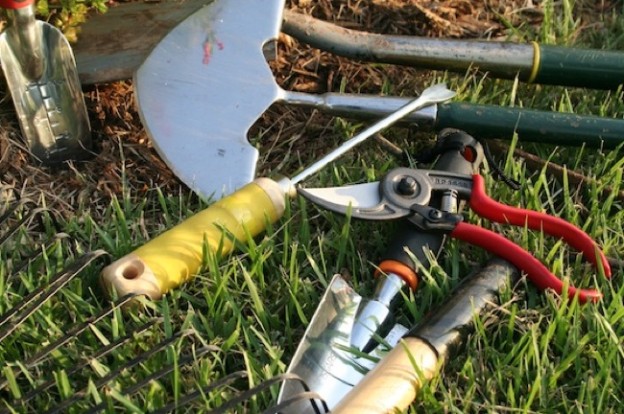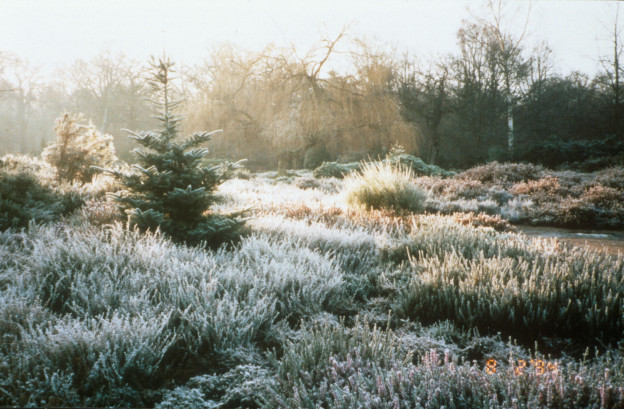Whilst it’s true that establishing a healthy lawn can be difficult, especially as it’s very dependent on the weather; you at least have control over 90% of the process by seeding, weeding and watering your lush lawn.

Keeping your lawn in top condition doesn’t have to be the monotonous task many of the more, shall we say, ‘casual’ gardeners may think it is. While keeping a healthy lawn indeed requires a little bit of planning and time investment, it’s not something that will take over your life (depending on how much you enjoy it) as long as you plan accordingly. If there’s one thing Bury Hill knows, it’s how to look after and keep a healthy lawn.
Here are our top tips on how to maintain a lawn, keeping your garden’s lawn trim, green and in tip-top condition all year round.
Watering Your Lawn
The trick here is to water your lawn nice and ‘deep’. Sounds strange to some, but hold on a second; there’s method in the madness. Thorough and full watering ensures deeper grass roots, and an easy way of determining the depth of your roots would be using a soil probe, or by simply digging the soil to check the depth. Nice deep roots will ensure that your grass is settled into the soil, safeguarding your lawn’s resistance against droughts. Don’t be tempted to overwater though.
To test out whether you’re ready to go, step on your lawn. Your footprint should leave a mark for a couple of seconds. Also look at the colour – it should be a tad dull (sometimes a tint of grey / blue). Aim for an inch of water every week at the very least, but don’t go too far the other way either.
It’s both important for the environment (the UK will probably have ANOTHER hosepipe ban this summer, despite record rainfall and flooding last winter) and your garden’s lawn not to overwater your lawn, as too much water can contribute to the development of fungus and disease.
The most accurate way to determine when your lawn needs water is to simply look at it. The ‘footprint test’ is a good way of determining whether or not it’s time to turn the sprinklers on as footprints will remain on your lawn for longer and won’t bounce back. Remember: bouncy lawn is a healthy lawn.
Mow Your Lawn Regularly, But Not Too Much…
Just like with watering, you need to ensure you mow your lawn regularly. Try and find a sweet spot and don’t go too short. Mowing your grass too much will expose your surface roots, which will dry out the soil and prevent the roots from gaining all the nutrients it needs from watering.
Try not to cut more than a third of the grass per mowing session, and always aim and keep its length between 2.5 to 3.5 inches in height. When the growing season has reached its end, keep it a little shorter and aim for around 2 inches. This will prevent potential moulding problems during the cooler winter months.
Good Quality Soils
In what may be the most obvious statement to come out of this gardening blog, we’re enforcing the notion that good quality planting soil will support healthy grass, whereas cheaper soil may be harmful to the whole process.
It’s important to check what’s in your soil if you’ve bought it from a local landscaping company, as many soils are sold with a risky PH level that could destroy the grass or even prevent it from seeding in the first place.
A healthy soil will support healthy grass. It’s really that simple. Check out our tips on how to find great quality topsoil for more info. Good quality soils provide air, water and nutrients to plants, which plays a critical role in root growth and development.
Your soil must be able to retain water long enough for the grass’ roots to obtain the nutrients it needs to stay healthy, whilst allowing water to drain so that the roots maintain access to oxygen – sustaining all life on earth! It’s simple science really, but it’s knowledge that’s essential for a nice healthy lawn.
Aerate Your Lawn
An issue that most first-time gardeners have with their lawns is that they are often impractically located in ‘heavy traffic areas’. It’s easy to relax by reading a book during the summer months, but kids love to roll around and play on your freshly-mowed lawn, and just having a few people over for a garden party will really put your lawn through the paces.
All this ‘heavy traffic’ can result in compacted soil, which will require a little bit of air to catch its breath, literally. Luckily, this is a problem that’s easily solved. Find something pointy, preferably an official gardening tool (anything will generally do just fine), and punch holes into your lawn – with each hole around three inches in depth. This method will encourage air circulation as well as allow your lawn to maximise nutrients from watering. There’s no need to go crazy here, a few holes every 50cms or so will do.
Fertilise Your Lawn (Organically, Of Course)
Even the perfect lawn needs a little helping hand every once in a while. Make sure you give it some TLC by fertilizing it with organic produce from decomposed vegetables, or (even better) your own organic compost. We’re very purposely using the word ‘organic’ here, as studies have shown that they’re more effective than synthetic counterparts.
By their nature, organic fertilizers increase physical and biological nutrient storage mechanisms in soils, mitigating risks of over-fertilization. Nutrient release rates are generally much lower in organic fertilizers than mineral (inorganic) fertilisers.
Final Thoughts
Perhaps somewhat annoyingly for the more casual gardener, keeping your lawn in tip-top condition requires a weekly investment at the very least. You can’t leave it to grow for months and expect to do a quick overhaul to turn around its fortunes. No, your efforts will need to remain consistent to the highest quality.
However, as with anything, a little planning can take you a long way. Just a minimal amount of effort every single week will keep your lawn looking as green and luscious as Old Trafford, just without the divots.
Bury Hill Landscape Supplies stocks a range of rolled turfs, grass seeds and premium grade topsoils for both budding home gardeners and contract trade supplies. For more information on landscape and gardening supplies contact Bury Hill on 01306 877540.






